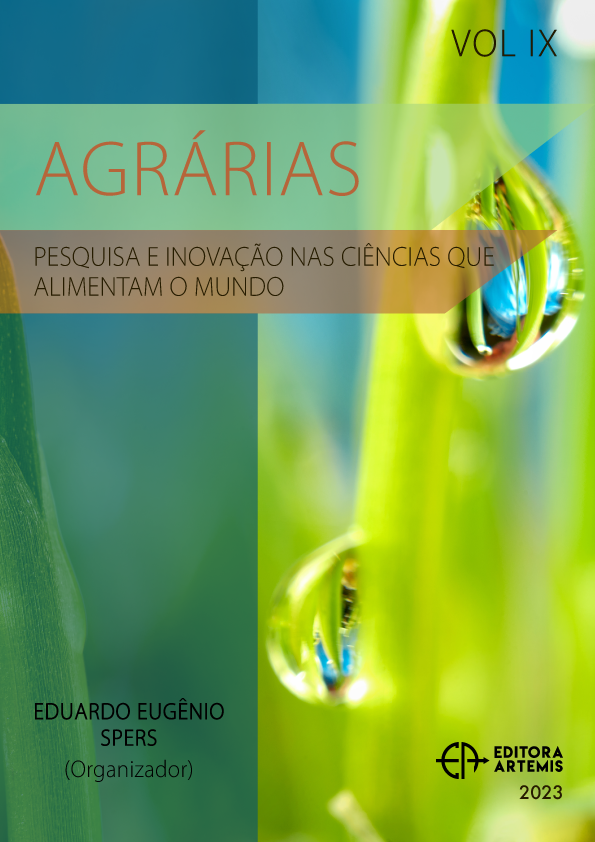
INFLUENCIA DE LAS BRISAS DE TIERRA Y MAR SOBRE EL MICROCLIMA DE LA CANOPIA
En el territorio costero del Río de la Plata se ubica el 93% de la superficie vitícola de Uruguay. La exposición marina puede considerarse un factor capaz de influir sobre el mesoclima y en consecuencia sobre la fisiología del viñedo. En este trabajo, se procesó información horaria del viento durante el período estival de los años 2011 a 2014, procedente de seis estaciones meteorológicas distribuidas a lo largo de la costa del Río de la Plata. La dirección, velocidad y frecuencia del viento se correlacionó con la temperatura y humedad relativa de canopia de nueve viñedos experimentales de la misma zona. Los resultados muestran que, por efecto de las brisas de mar y tierra, la temperatura media de la canopia desciende hasta una distancia de 29.2 km de la costa. La proximidad al mar también se asoció con aumento en la cantidad de horas con temperaturas óptimas para fotosíntesis y temperaturas nocturnas más altas. La influencia sobre la humedad relativa no pudo ser verificada. A nivel espacial, las condiciones climáticas del viñedo resultaron diferentes a lo largo de la costa y a diferentes distancias del mar, confirmando la influencia marina sobre el terroir vitícola.
INFLUENCIA DE LAS BRISAS DE TIERRA Y MAR SOBRE EL MICROCLIMA DE LA CANOPIA
-
DOI: 10.37572/EdArt_26022379811
-
Palavras-chave: brisas de mar y tierra, microclima de canopia, viñedo, costa del Rio de la Plata
-
Keywords: land and sea breezes, canopy microclimate, vineyard, Rio de la Plata seaside
-
Abstract:
In the seaside of the Río de la Plata is located the 93% of the Uruguayan viticultural surface. The maritime exposition could be considered a factor able to influence over the mesoclimate and in consequence over the physiology of the vineyard. In this work, it was processed the hourly wind information, collected in the summery period of years 2011 to 2014, coming from 6 weather Station distributed all along the Rio de la Plata coast. The wind direction, velocity and frequency was correlated with temperature and relative humidity of the canopy in nine experimental vineyards of the same zone. The results show that, by sea and land breezes effect, the mean temperature decreased until 29.2 km from the coast. Proximity to the sea was also associated with an increase in the number of hours with optimal temperatures for photosynthesis and higher nighttime temperatures. The influence over relative humidity in the vineyards was no consistent. At spatial level, the climate conditions of the vineyard resulted different along the coast and with different distances to the sea, confirming the maritime influence on the viticultural terroir.
-
Número de páginas: 24
- GERARDO ECHEVERRÍA GROTIUZ
- NICOLÁS DEMETRIUK

